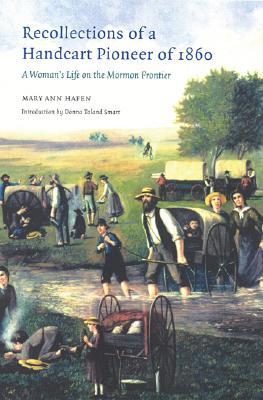Called to go with the Swiss company to settle the "Dixieland" region of southern Utah --a hot, dry, inhospitable land--Mary Ann's family lived in thatch, dugout, and adobe houses they built themselves. While still hardly more than a child, Mary Ann cut wheat with a sickle, gleaned cotton fields, made braided straw hats for barter, and spun and dyed cloth for her dresses. Always sustained by her faith in the church, she took part in a millenarian scheme that failed--a communal order--and entered a polygamous marriage, raising almost single-handedly a large family.
Mary Ann Hafen has left an authentic, matter-of-fact record of poverty, incredibly hard work, and loss of loved ones, but also of pleasures great and small. It is a unique document of a little-known way of life.
